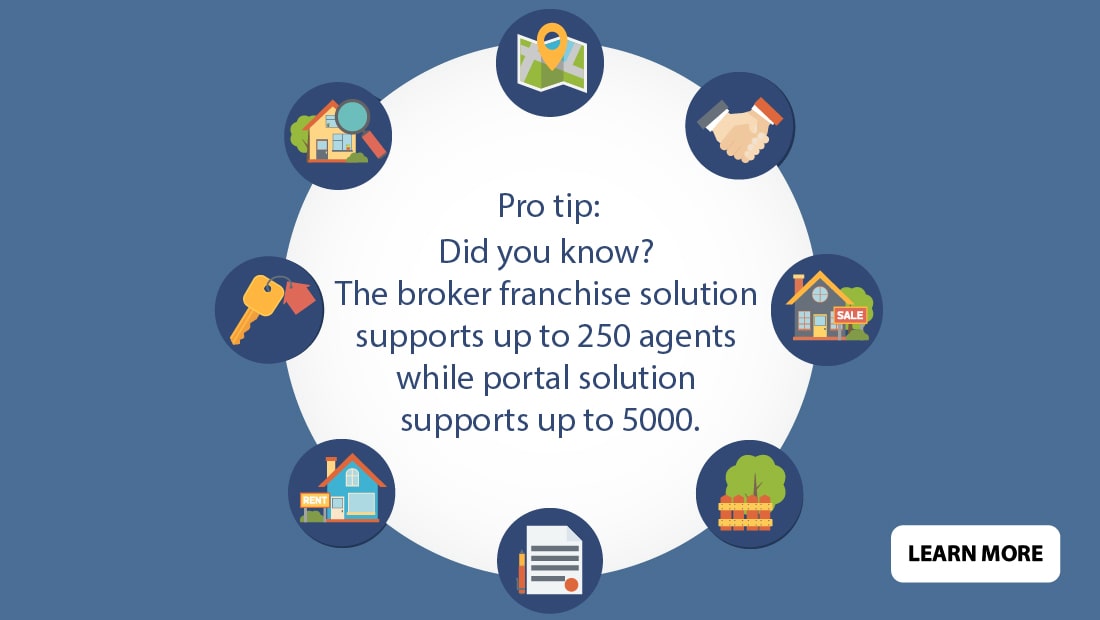
How to Create a Successful Landing Page for Real Estate Websites
To do or not to do? It’s a question that appears to be applicable to every aspect of our life. Do I need to create a landing page or is having a real estate website is enough?
We might wish that having a good real estate website was enough, but unfortunately it’s not the case. Often we try to drive traffic to our website—or even pay for it—but the leads are still not converting. Why is that?
The answer is simple, your website lacks the necessary landing pages. Landing pages are lead capturing tools designed to act as a call to action. Unlike other web pages that serve multiple goals, like guiding your leads through the website or encouraging to explore it more, the landing page’s sole purpose is to help you to capture leads and transform potential clients into actual ones.
So, how can you create a successful real estate landing page? What are the basic requirements and the common mistakes? And most importantly, who needs landing pages more than others? Interested in this topic? Keep reading.
Landing Page’s Basics
Let’s start with the basics. A landing page also stands for “lead capture page”, “static page”, or “destination page.” It is used frequently in marketing campaigns to increase conversion rate. It pops up after leads click a link in an ad, email, or anywhere else on the web. And that’s where conversion magic will take place. Leads may register, sign up, or purchase, depending on your real estate marketing campaign.
So, why are landing pages so important and why is the homepage not the ideal placement for your clients to land?
Think about all the homepages you’ve seen in your life? What do they have in common? They are very crowded. They backlink to tons of different pages. It’s really confusing and very distracting. As research shows, the bounce rate from the homepage is two times bigger than from the landing pages.
All landing pages are promoting or suggesting only one product or service, relevant for the ad or the email your clients clicked from.
How Should Your Landing Page Look?
Now that we’ve established the nature and importance of the landing pages, let’s focus on how your landing page should look.
Don’t get us wrong, we don’t want to put your creativity into brackets by suggesting the exact top converting recipe for your landing page. We want to give you the fundamentals, the basic rules so you can bend it and adapt it the way you want in the future. So, let’s dive in.
Headline
Consider your headline as the front of your house. This is the first thing your leads will see when they land on the lead capture page. So, it should be very simple and straight to the point. You should clearly state what your customers can expect. What’s the deal? Don’t be vague.
Subheading
In the headline you should be direct and straight to the business.In the subheading, you have the option to elaborate your offer. It can be longer and provide additional value.
Reinforcing Statement and Closing Statement
Depending on the length of your landing page, you might need to add additional information in the form of the reinforcing and closing statement. As you already understand from its name, reinforcing statement and closing statement serve two different purposes: reassure your customers about the value of your proposition and add the finishing touch.
Attention-Grabbing Image
What is a landing page without the visually aesthetic image?
The image should be an attention-grabbing, eye-catching image that will help make your leads want to stay longer and consider your offer.
Who Benefits from Landing Pages?
If you’re a real estate franchisor and you have many child websites, having a proper landing page is a must. Just imagine how confusing the homepage navigation can be. Having a good landing page guarantees your leads will land exactly where you want them.
P.S Interested in other tips on how to improve the work of your real estate website? Check out this article Real Estate Website Design.



Sorry, the comment form is closed at this time.